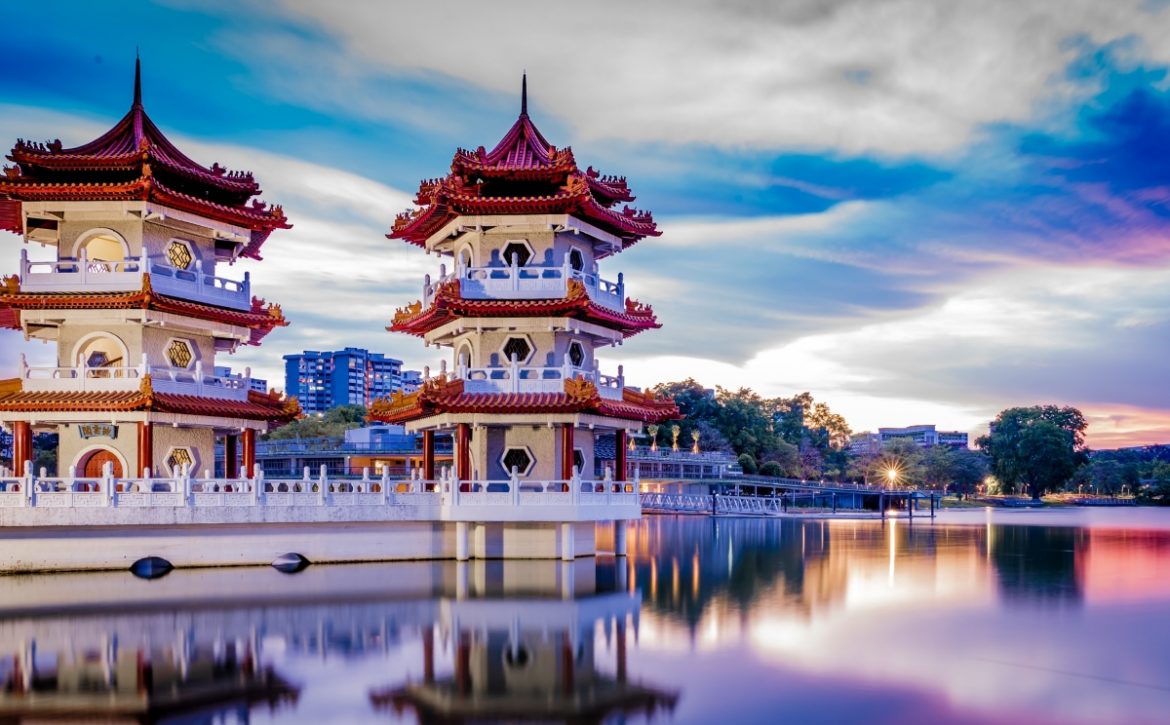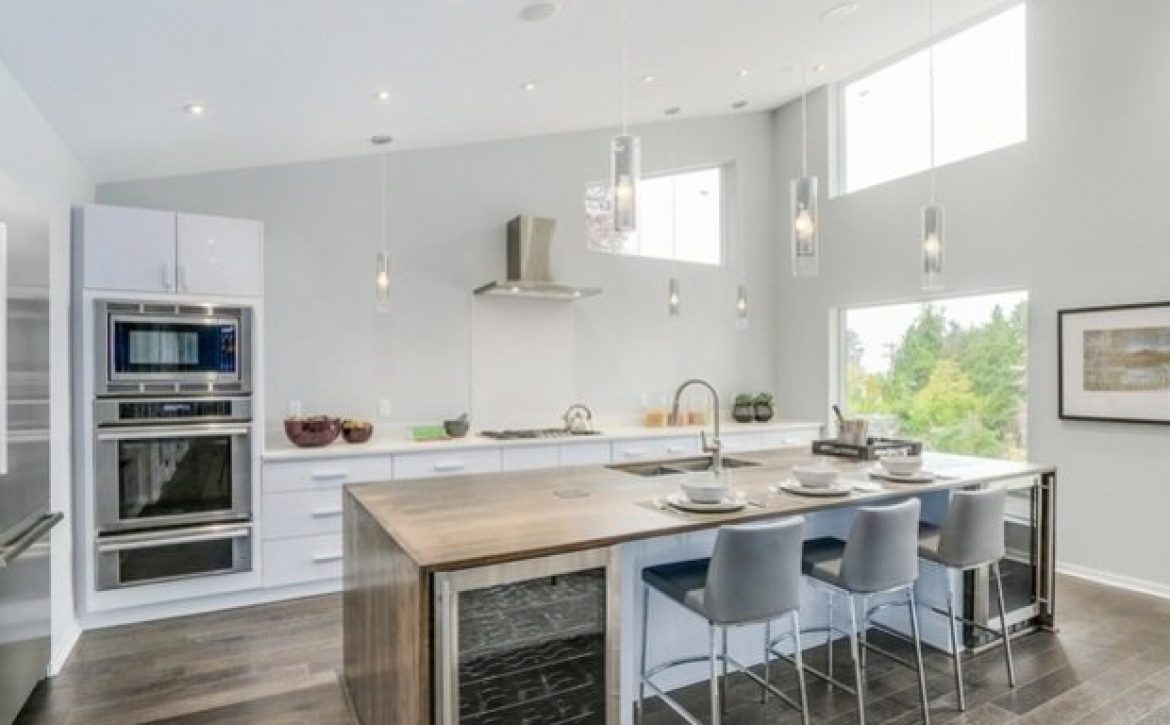Express And Celebrate Cultural Diversity Through Design
How do you express and celebrate the cultural diversity in your community? #StopAsianHate
Vancouver has an amazing cultural mosaic. The multicultural society shaped within the last century has been woven of many cultures around the world. This makes Vancouver one of the most desirable cities in the world for the past several years in a row.
We celebrate our diversity and enjoy living in a neighborhood comprised of Indian, Chinese, Caribbean, Iranian, Korean, Philippians, Japanese, and so many other nations.
We are so lucky to have the best of the whole world in one city. The diverse culture creates a lively, vibrant society and offers peaceful life under one flag.
As a home designer, I had the privilege of working with representatives of many different cultures and learning a lot from each. I grew to understand their lifestyle, their beliefs, and what makes them different. I learned how to design their home to align their culture and life philosophy with modern technology and limitations.
It’s a marriage between ancient philosophy and modern lifestyle. Without our city’s extraordinary diversity, I wouldn’t have been exposed to such rich cultures, and that means having no chance to expand the horizons and enrich my design with new approaches.
For instance, I designed and build a laneway house and their main house renovation for a Chinese client with many strong ties to Feng Shui. Not only have we learned how to corporate together and get along, but I also discovered a philosophy of health, peace, and harmony that helps me improve the well-being of all my new clients.
Express And Celebrate Cultural Diversity Through Spiritual Harmony
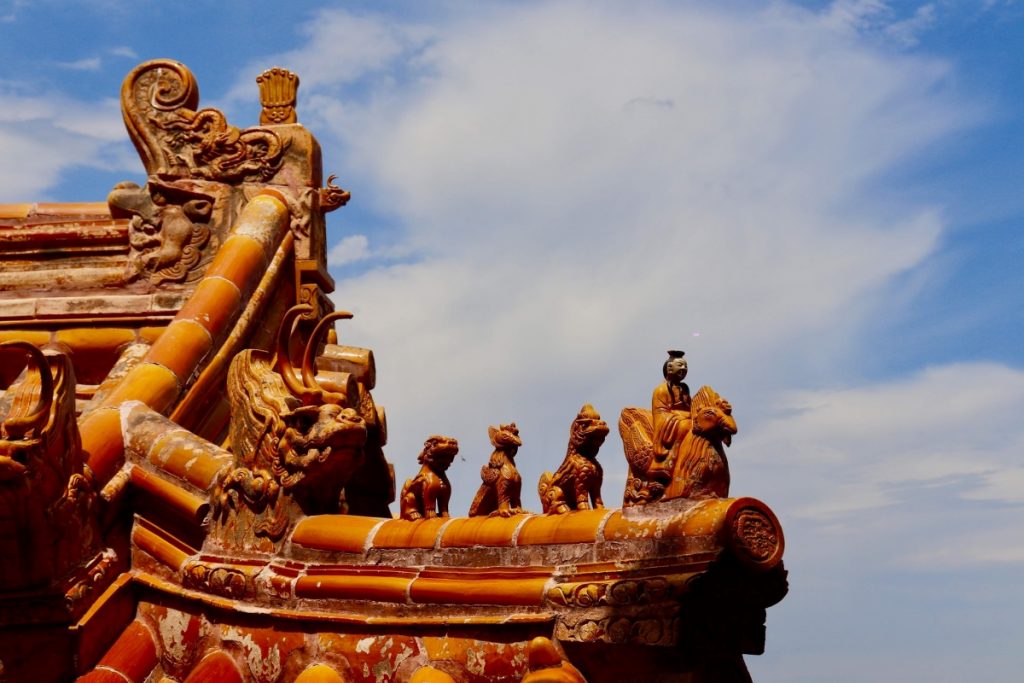
Feng shui is not the new word in the world of interior design. It represents an ancient Chinese philosophy that helps people find balance in the way they live their lives. Harmonizing your spirit also means harmonizing your lifestyle, and that includes the space you live in. Feng shui is about merging living spaces with nature through spatial design.
It’s based on the idea of the living force every person shares with other living things. The name is Qi (“chee”), Ki, or Prana, and marks the life energy that connects everything in nature. It exists in every cell, flows throughout our minds, souls, and bodies, providing vitality and the unique feeling of being alive. A person with balanced energy is filled with joy and zest for growth.
But what about Prana?
That’s where things are getting even more interesting. As I learned from another client, a big believer in Buddhism, Prana is not much different than Qi. It’s a Hindu philosophy based on harmonizing life energy through yoga, natural medicine, and meditation. Hindu literature often describes Prana as the energy we receive directly from the Sun.
Both clients desired the same: specific implementation of design principles in order to promote well-being and harmony, allowing their energy to flow undisrupted throughout their homes, in order to improve their overall quality of life.
The History of Feng Shui
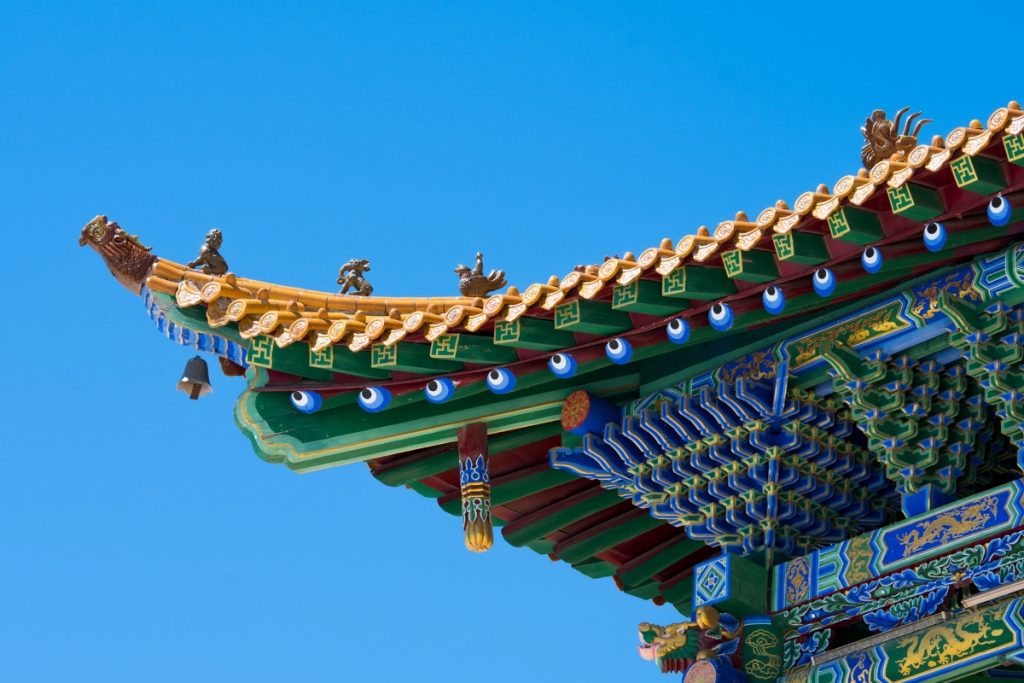
The concept of feng shui has been gradually finding its way in the Western interior design world for the past several decades. However, its origins are very ancient. The oldest traces are leading to tombs dating back as far as the Neolithic Age. Some feng shui principles have been easily recognized in their construction.
It’s not surprising, if we know that the philosophy originates in astrology. Most ancient cultures designed burial plots to mirror the order of celestial objects, such as stars. Through time, the practical body of the philosophy found more ways into daily life, eventually spreading into modern assets like interior design and urban planning all around the planet.
When we celebrate cultural diversity in the right ways, we discover similarities rather than differences, reaching the roots that connect us all.
What Connects Feng Shui And Well-Being Philosophies
The name feng shui comes from the two words that mark two essential elements of life. Feng means wind (air) while Shui means water. The phrase itself comes from an ancient poem celebrating the connections between nature, human life, and all its environment.
The fundamental approach is to allow qi to flow through your home, eliminating all possible disruptions on its way. Feng shui has many principles to follow, and those may include everything from furniture design to precise placing your plates and glasses.
Perhaps the most well-known principle is how to position the bed. According to Feng Shui, you should never place a bed under a window. However, it’s OK to place it against the wall next to a window, or even better -between two windows. The secret is in the symmetry. It supports the flow of the chi energy without disturbing your sleep.
Now, where do we find the principles of symmetry in our world? Not surprisingly, in the origins of modern architecture.
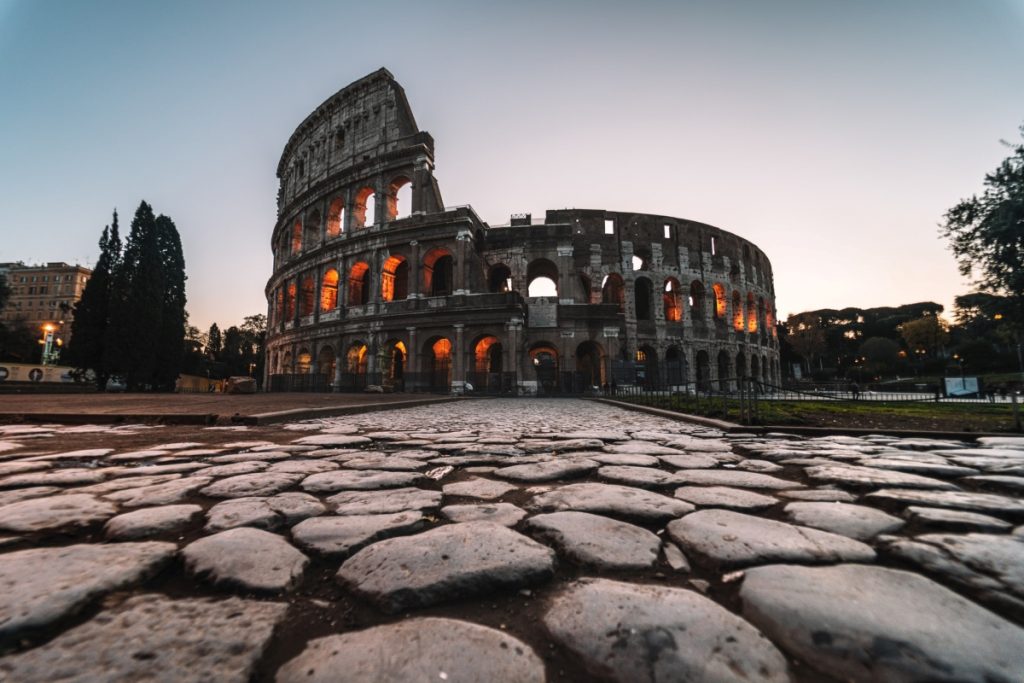
What Vitruvius called the “proper agreement between the members of the work itself” is nothing else than symmetry. The ancient Greek philosophy knew the word “symmetros” meaning “measured together.” Our modern English word “proportion” is derived from the Latin word “proportio” which describes the relationship of the parts/segments/portions. In short, the ideals of beauty and harmony all grow from the same roots and keep connecting us for thousands of years, from the times when the world was much bigger.
And yet, today, when you can go around the world in a day, instead to celebrate cultural diversity as a common heritage, we put walls in our minds and barriers in our souls.
Harmony Is All Around Us
We have long adopted the staples of beauty as the matter of symmetry and proportion above all. Today, humans all around the world spend large amounts of money in an attempt to achieve the ideal body, ideal face, ideal environment. The fact is, symmetry and proportion are, virtually and literally, part of our DNA.
Designing the perfect building or a perfect interior is strongly related to the human body. All parts must be put together meaningfully, but it can happen in many ways. One thing is certain – all outcomes depend on proportion, and the best ones are rooted in symmetry.
The Harmony of Contrasts
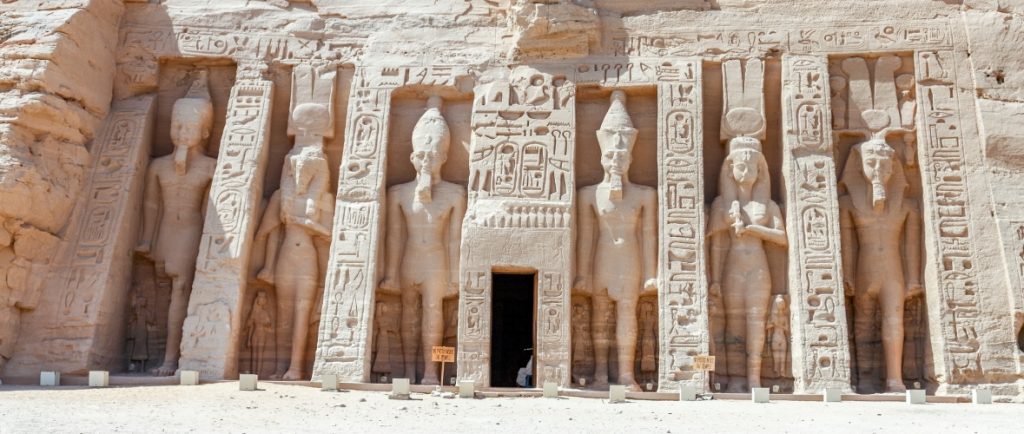
Ancient Egyptian art is consistently admired mostly due to the value ancient Egyptians placed on harmony and symmetry. Its perfection comes from the cultural value of ma’at – which literally translates as “harmony” – which was central to the ancient Egyptian civilization. Ma’at was in everything, from the social order to every creation. The “oneness” was the symbol of ‘chaos’ while the gods introduced duality. The ma’at, the universal principle of harmony in ancient Egypt, dwells in the contrasts: day and night, male and female, light and dark.
Or, as the ancient Chinese Feng Shui philosophy would say – yin and yang.
The philosophy of yin and yang is a concept of duality. In it, the opposite forces connect and must work in tandem in order to create true harmony. Yin is passive, subdued, soft energy, while yang is progressive, aggressive, and bold.
And then, there is also wabi-sabi. Traditional Japanese aesthetics that is taking over the world by storm is based on the acceptance of imperfection. It’s a philosophy of appreciating the beauty that is “imperfect, impermanent, and incomplete” in nature, where it exists and occurs. The principles of Wabi-Sabi lay on asymmetry, but also on the appreciation of both natural objects and the forces of nature. In short, it tends to find harmony in perfect simplicity.
So once again, why we tend towards chaos and oneness when the true well-being lies in the harmony of contrasts?
Express And Celebrate Cultural Diversity For More Colorful Tomorrow
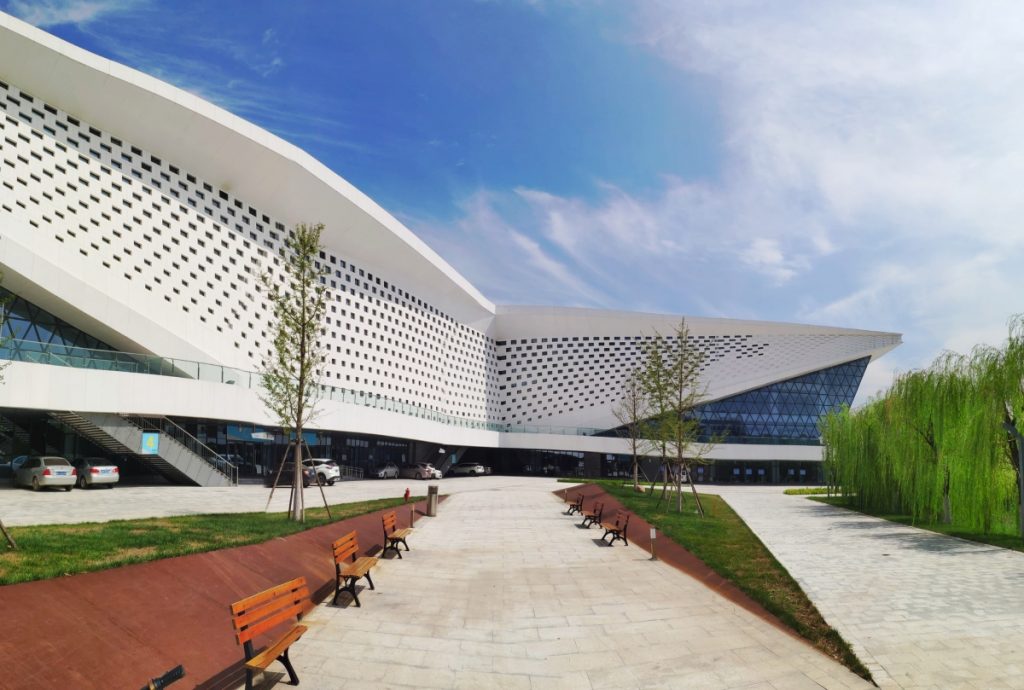
People who see diversity as adversity sometimes are led by fear and a lack of self-confidence. We need to try and see the matter from a different perspective. Fear of the unknown leads to ignorance, and ignorance is the enemy of self-improvement. As a society, we have to come together, get stronger and stop hate and violence against all that is different from us, and that includes Asians or any minorities.
As a society, we grow happier, wealthier, and greater when united and organized against poverty, ignorance, and selfishness.
I encourage all to stay strong, stay safe, and instead of hating each other try to keep focus and limit your exposure to negative news coming from media. We should empower ourselves with self-control and not surrender the control of our lives to the media and those who want to take advantage of our innocence.
Stay safe, stay strong and stay healthy.

